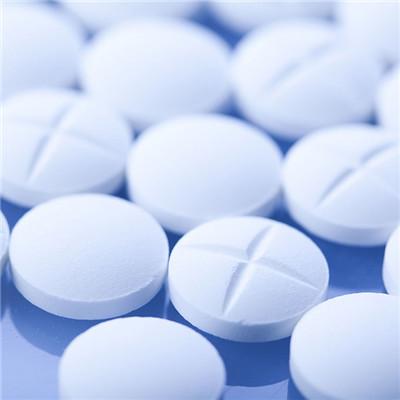Doctor, many items of my physical examination are abnormal?
summary
Some people see the results of physical examination, some indicators appear up or down arrow, worried about whether they are sick. In fact, simply looking at the abnormal results of a test can not determine the occurrence of a disease, but also combined with clinical symptoms and imaging examination and other auxiliary examinations to make a clear diagnosis. With the continuous popularization of physical examination knowledge, more and more people realize the importance of physical examination, many units put the staff physical examination into the important work schedule. However, how to treat the abnormal items scientifically? Come and study with me.
Doctor, many items of my physical examination are abnormal?
First of all: blood routine, white blood cell value is low, it may be easy to repeatedly cold or weak constitution; The increase of the value indicates that the body may have inflammation, such as respiratory tract inflammation. If the white blood cells are too high, it may be related to blood diseases, and should go to the Hematology Department of the hospital for further examination. Red blood cell count is too low, may anemia, typical performance for upstairs panting, sallow face. More red blood cells will increase blood viscosity, causing poor blood circulation. Hemoglobin increase can be divided into relative increase and absolute increase. Relative increase is seen in severe vomiting, diarrhea, sweating, large area burn, chronic adrenocortical hypofunction, diabetes insipidus, hyperthyroidism crisis and diabetic ketoacidosis. In addition, some cases are also related to tumor or kidney disease. Thrombocytopenia or aplastic anemia, radiation damage, acute leukemia, upper respiratory tract infection and other symptoms or diseases. Thrombocytosis or myeloproliferative disease may exist.
Secondly, the increase of blood lipid and total cholesterol will lead to atherosclerosis, cardiovascular and cerebrovascular diseases, cholestatic jaundice, hypothyroidism, lipid nephropathy, diabetes, etc; Low total cholesterol or hyperthyroidism, severe liver disease, anemia, malnutrition, etc. Elevated low density lipoprotein cholesterol (bad cholesterol) can cause atherosclerosis, which makes individuals at risk of coronary heart disease. It may also be hereditary hyperlipoproteinemia, hypothyroidism, nephrotic syndrome, obesity and so on. If reduced, it may be no b-lipoprotein, hyperthyroidism, malabsorption, cirrhosis and so on. High density lipoprotein cholesterol (good cholesterol) is helpful to limit the occurrence and development of atherosclerosis. If reduced, it is common in atherosclerosis, acute infection, diabetes, nephrotic syndrome, androgen application, etc. Triglyceride increased, need to pay attention to coronary heart disease, primary hyperlipidemia, atherosclerosis, obesity, diabetes, gout, hypoparathyroidism, nephrotic syndrome. If it is decreased, it indicates that adrenal cortex function is decreased.
Finally: heart, common ECG problems include sinus arrhythmia, myocardial ischemia, tachycardia, incomplete conduction block, etc., usually sinus tachycardia, right conduction block, etc., the reason may be emotional tension, most of them do not represent health problems, but some of them are diseases or heart problems. Therefore, it is best to consult a specialist or do further examination.
matters needing attention
Regular reexamination is usually a certain examination index. In order to observe its changes, some need to be reexamined in a short time, and some need to be checked once every three months to six months, such as gallbladder polyps, liver (kidney) cysts, uterine fibroids, etc. to observe whether the size and shape change. Physical examination unit in the first time to inform me of the special abnormal results, I need to see a doctor as soon as possible, do not delay time.











